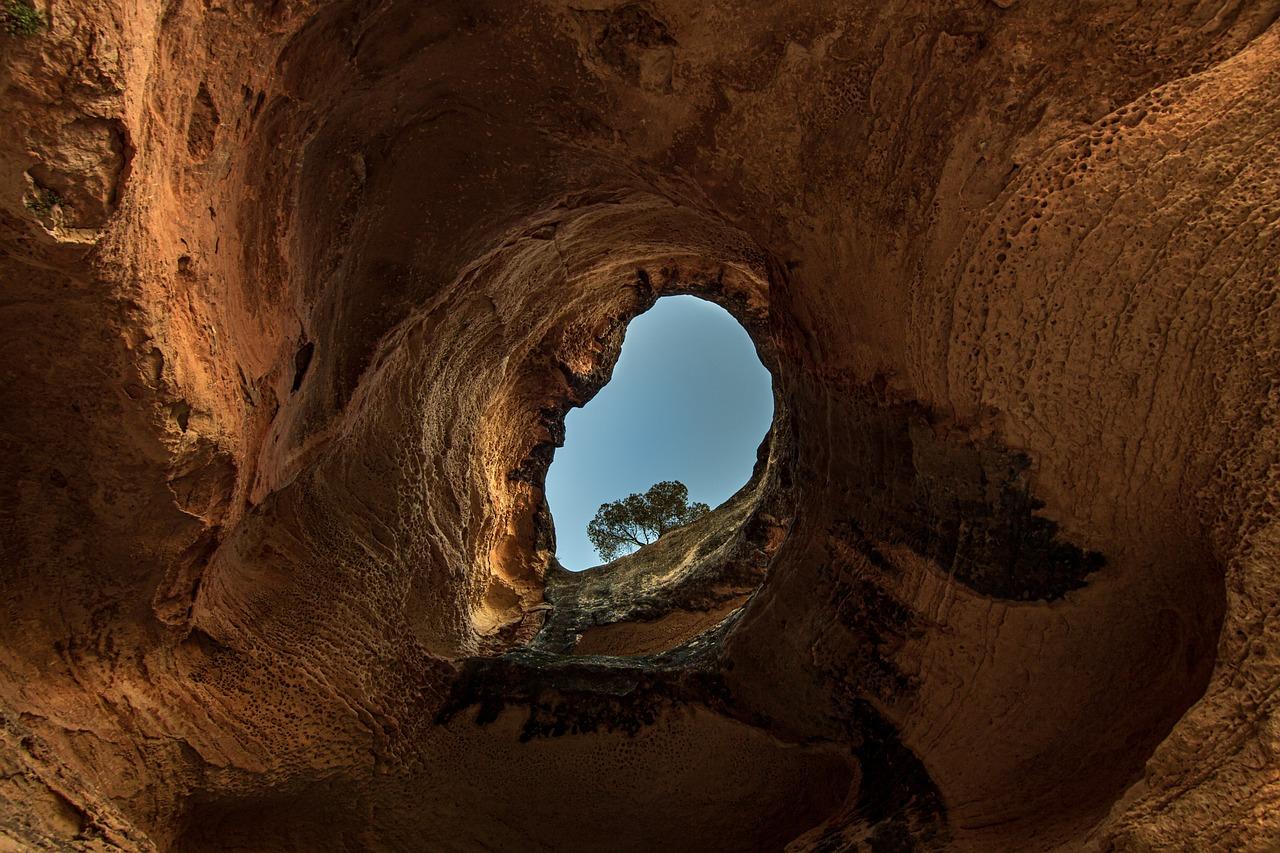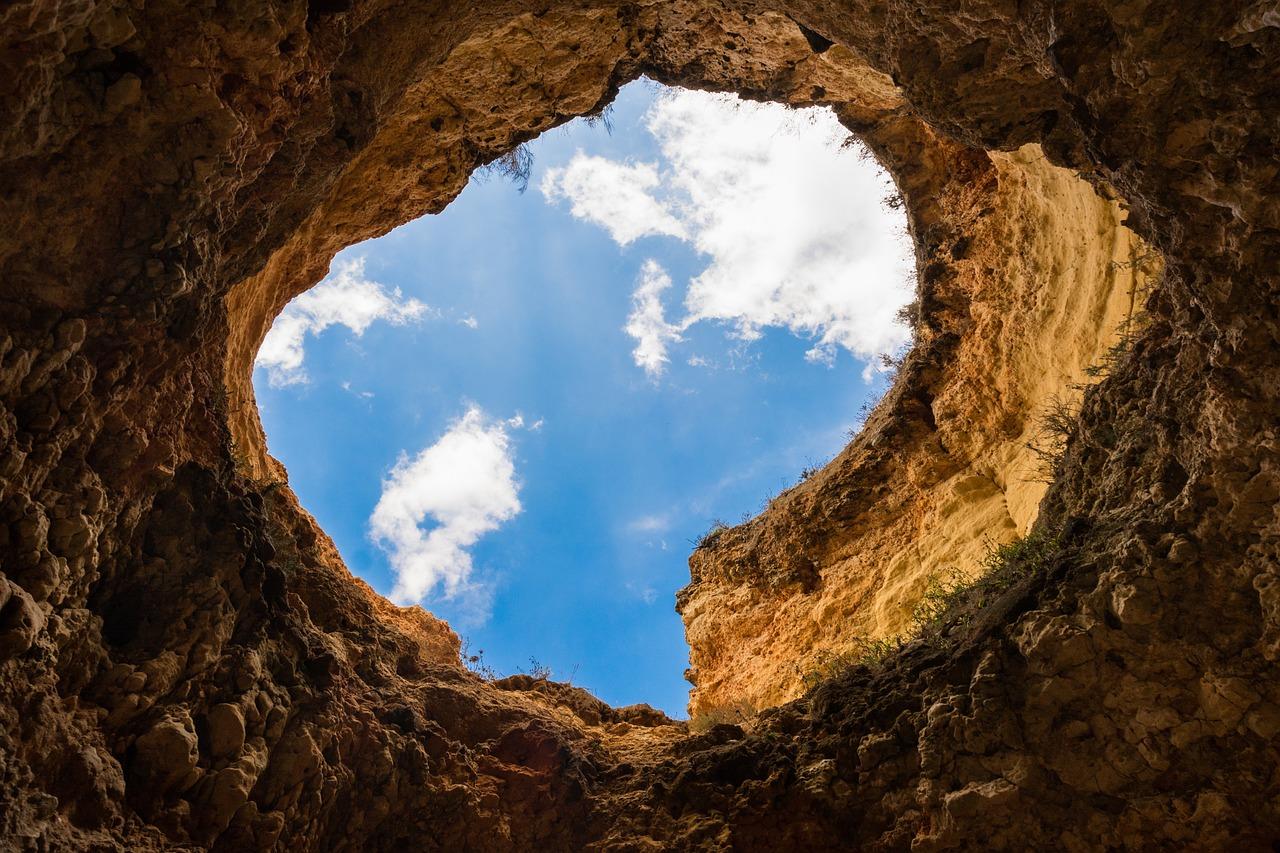Erosion holes can be a real headache for homeowners. Whether they’re caused by heavy rainfall, poor drainage, or other natural forces, these holes can mar the beauty of your yard and even pose safety risks. But fear not, because in this blog post, we’ll show you exactly how to fill an erosion hole and restore your yard to its former glory.
In this guide, we’ll cover everything you need to know about filling erosion holes, including the different types of sinkholes, suitable filling materials, and step-by-step instructions to tackle both small and large sinkholes. We’ll also debunk common myths and answer burning questions like: Can you fill a sinkhole with gravel or concrete? Should you mix sand with topsoil? Can you use potting soil to fill holes in your yard?
So, if you’re ready to learn how to tackle those unsightly holes in your yard and make your outdoor space safe and beautiful again, let’s dive in!
How to Fill an Erosion Hole
Erosion holes can be quite pesky, popping up in your garden like uninvited guests and messing with the overall aesthetic. But fret not, dear reader! In this guide, we shall embark on a journey to vanquish these holes and restore the balance to your outdoor oasis.
Understanding the Beast: What Causes Erosion Holes
Before we jump into the nitty-gritty of filling erosion holes, it’s important to understand why they occur in the first place. Erosion holes are typically formed when heavy rains or excessive water runoff wash away the soil, leaving behind unsightly craters that would make the moon jealous.
The Tools of the Trade: Gather Your Weaponry
To combat these erosion holes, you will need an arsenal of tools ready at your command. Here’s a checklist of items you’ll want to have on hand:
- Shovel: Your trusty sidekick for digging and moving soil. Be sure to pick one that matches your superhero ambitions.
- Wheelbarrow: For transporting soil and maintaining your lawn’s elegance while doing so.
- Native Grass Seeds: To sprinkle some green magic on your patch of earth.
- Topsoil: The icing on the cake, or rather, the soil on the hole. Make sure you have enough to fill those craters.
- Garden Rake: Essential for smoothing out and leveling the soil surface, just like a Zen master raking sand in a traditional Japanese garden.
The Battle Plan: Step-by-Step Guide
- Assess the situation: Scout the affected area for any lurking dangers, like underground utilities or your neighbor’s pet piranha. We want to fix the hole, not create new ones or anger the neighbors.
- Prepare the battleground: Clear away debris, rocks, or any other unwanted guests that may have taken up residence in the hole. Give the area a good sprucing up, because we all know first impressions matter.
- Fill ‘er up: Pour the topsoil into the hole, one shovel at a time. Pat it down gently with the backside of your shovel to create a snug fit. Don’t be shy with the soil — we’re aiming for hole annihilation here.
- Smooth operator: Use your garden rake to level out the soil, making it look as seamless as Taylor Swift’s dance moves. Smooth it, rake it, and show that soil who’s boss.
- The final touch: Sprinkle those native grass seeds generously over your newly filled hole. It’s like giving your lawn a fresh haircut to complete the makeover. Don’t forget to shower your creation with water and tender care, just like you would with a newborn bonsai tree.
A Lesson to Learn: Prevention is Key
Now that you’ve triumphantly filled the erosion hole and have the battle scars to prove it, remember that prevention is the best defense against future invaders. Explore methods such as installing border rocks, planting groundcovers or shrubs, or even introducing strategically placed mulch to keep erosion at bay.
With this ultimate guide in your hands, you are now armed and dangerous against any erosion hole that dares to encroach upon your domain. Go forth, valiant gardener, and let the filling of holes commence!
FAQ: How To Fill An Erosion Hole
Erosion holes on your property can be a real pain in the grass! Whether they’re caused by heavy rains or pesky critters, filling these holes is important to maintain the aesthetic appeal and safety of your yard. In this comprehensive FAQ guide, we’ll answer all your burning questions about how to fill an erosion hole.
What are the Four Types of Sinkholes
Sinkholes come in various shapes and sizes, and it’s essential to know the different types to understand their characteristics and potential dangers. Here are the four main types you should be aware of:
1. Dissolution Sinkholes
These sinkholes form when water dissolves soluble rock beneath the surface, creating underground voids that eventually collapse and cause the hole.
2. Cover-Collapse Sinkholes
Cover-collapse sinkholes often occur abruptly when the ground above the underlying cavity collapses, creating a large depression.
3. Solute Sinkholes
Solute sinkholes are formed by chemical weathering and erosion of rocks that contain soluble minerals, such as salt deposits.
4. Anthropogenic Sinkholes
These sinkholes are a result of human activities, like mining or construction, that weaken the structure of the ground and lead to subsidence.
What are the Three Types of Sinkholes
In addition to the four main types we mentioned earlier, here are three additional sinkhole classifications that you may come across:
1. Natural Sinkholes
Natural sinkholes are associated with the geological landscape and occur over time due to the natural processes of erosion, weathering, and groundwater movement.
2. Solution Sinkholes
Solution sinkholes are mostly formed in areas with limestone or other soluble rocks. As rainwater seeps through the ground, it dissolves the rock beneath, creating caverns and ultimately causing the surface to collapse.
3. Cover-Subsidence Sinkholes
Cover-subsidence sinkholes form gradually as the overlying sediment or soil settles into underground voids or spaces.
Can You Fill an Erosion Hole with Gravel
Absolutely! Gravel can be used to fill smaller erosion holes effectively. However, larger holes may require a combination of materials for stability and proper drainage. If you’re dealing with a sinkhole the size of the Grand Canyon, well, gravel alone might not do the trick.
How Do You Fill a Large Erosion Hole
Filling a large erosion hole is no walk in the park, but fear not! Follow these steps to tackle that daunting task:
1. Evaluate the Hole
Determine the size and depth of the hole to accurately assess the amount of fill material needed.
2. Compact the Bottom
Use a tamper or plate compactor to firmly compact the bottom of the hole, creating a solid foundation.
3. Add Fill Material
Start filling the hole with a combination of materials such as gravel, soil, and sand. Layer by layer, compact each level to ensure stability.
4. Create a Slope
Gradually slope the fill material towards the surrounding ground to promote proper drainage and prevent future erosion.
Can You Fill an Erosion Hole with Concrete
Although concrete may seem like a rock-solid solution, it’s not the most suitable material for filling erosion holes. Concrete lacks proper drainage and may crack over time due to the movement of the underlying soil.
What’s at the Bottom of an Erosion Hole
As you dig deeper into an erosion hole, you might end up discovering buried treasure, secret passageways, or the meaning of life… just kidding! Most commonly, you’ll find layers of compacted soil, rocks, or even clay at the bottom of the hole.
Should I Mix Sand with Topsoil
Mixing sand with topsoil can be beneficial, especially when dealing with drainage issues. Sand helps improve soil structure and promotes better water movement, preventing the formation of future erosion holes. Remember, a little sand can take your topsoil from “meh” to “wow”!
Can You Use Potting Soil to Fill Holes in Your Yard
Potting soil may work for your precious plants, but it’s not the ideal choice for filling erosion holes. Potting soil is lightweight and lacks the stability needed to support the ground. Stick to using appropriate fill materials like topsoil and sand.
How Do You Tell if an Erosion Hole is Forming in Your Yard
Detecting the early signs of an erosion hole forming in your yard is crucial for timely intervention. Keep an eye out for these red flags:
1. Depressions or Sinking Areas
Notice any areas in your yard that appear lower than the surrounding soil? It could be an indicator of an erosion hole forming.
2. Standing Water
Puddles that stick around long after the rain has stopped might suggest drainage issues caused by erosion.
3. Cracks in the Ground
If you spot unusual cracks on the ground, particularly in a circular pattern, it could be an indication of an underground cavity or sinkhole.
Can I Use Topsoil to Fill Holes
Certainly! Using topsoil to fill smaller erosion holes is a great choice. Topsoil promotes healthy plant growth and provides a stable base. Just make sure to properly compact and layer it for optimal results.
How Do You Fill Holes Next to the Foundation
Holes next to your foundation can be quite worrisome, as they may compromise the structural integrity of your home. Take these steps to fill these sneaky holes:
1. Inspect the Foundation
Carefully examine the foundation for any signs of damage or cracks that need to be addressed before filling the nearby holes.
2. Fill the Hole
Using a combination of soil and gravel, fill the hole incrementally, compacting each layer firmly. Ensure proper drainage away from the foundation to prevent any potential water damage.
Can You Just Fill in an Erosion Hole
Although the temptation to quickly fill in an erosion hole may be strong, it’s essential to address the underlying issue causing the erosion. Simply filling the hole without understanding the root cause may lead to recurring holes in the future. Don’t put a band-aid on the problem; find a long-lasting solution!
Can You Fill an Erosion Hole with Dirt
Yes, you can use dirt to fill an erosion hole. However, it’s crucial to use the appropriate type of soil for stability and compaction. Opt for topsoil or a well-compacted clayey soil to ensure the best results.
How Do You Fill a Hollow Lawn
A hollow lawn can be a real buzzkill for your backyard aesthetics. Here’s how you can tackle it:
1. Remove the Turf
Cut a rectangle around the hollow area of your lawn and carefully remove the existing turf.
2. Fill the Hollow
Add a mixture of topsoil, sand, and compost to the hollow area, ensuring it’s level with the surrounding ground.
3. Reseed and Water
Sprinkle grass seed over the newly filled area, water it generously, and watch your lawn come back to life!
What Should I Use to Fill Holes in My Yard
When it comes to filling holes in your yard, the most suitable materials include a combination of gravel, topsoil, sand, and compost. Each material serves a purpose, providing stability, drainage, and fertile ground for future growth. It’s like giving your yard a VIP treatment!
What’s the Best Fill dirt to Use
The best fill dirt for your project depends on various factors, such as the hole size and intended purpose. However, a general rule of thumb is to use a well-draining, properly compacted soil that matches the existing ground conditions. Consult with a landscaping professional to determine the most suitable fill dirt for your specific needs.
Now that you’re armed with answers to all your burning questions, go forth and conquer those pesky erosion holes! Remember, filling them properly and addressing the underlying issues will not only beautify your yard but also prevent future holes from spoiling your outdoor oasis. Happy filling!

